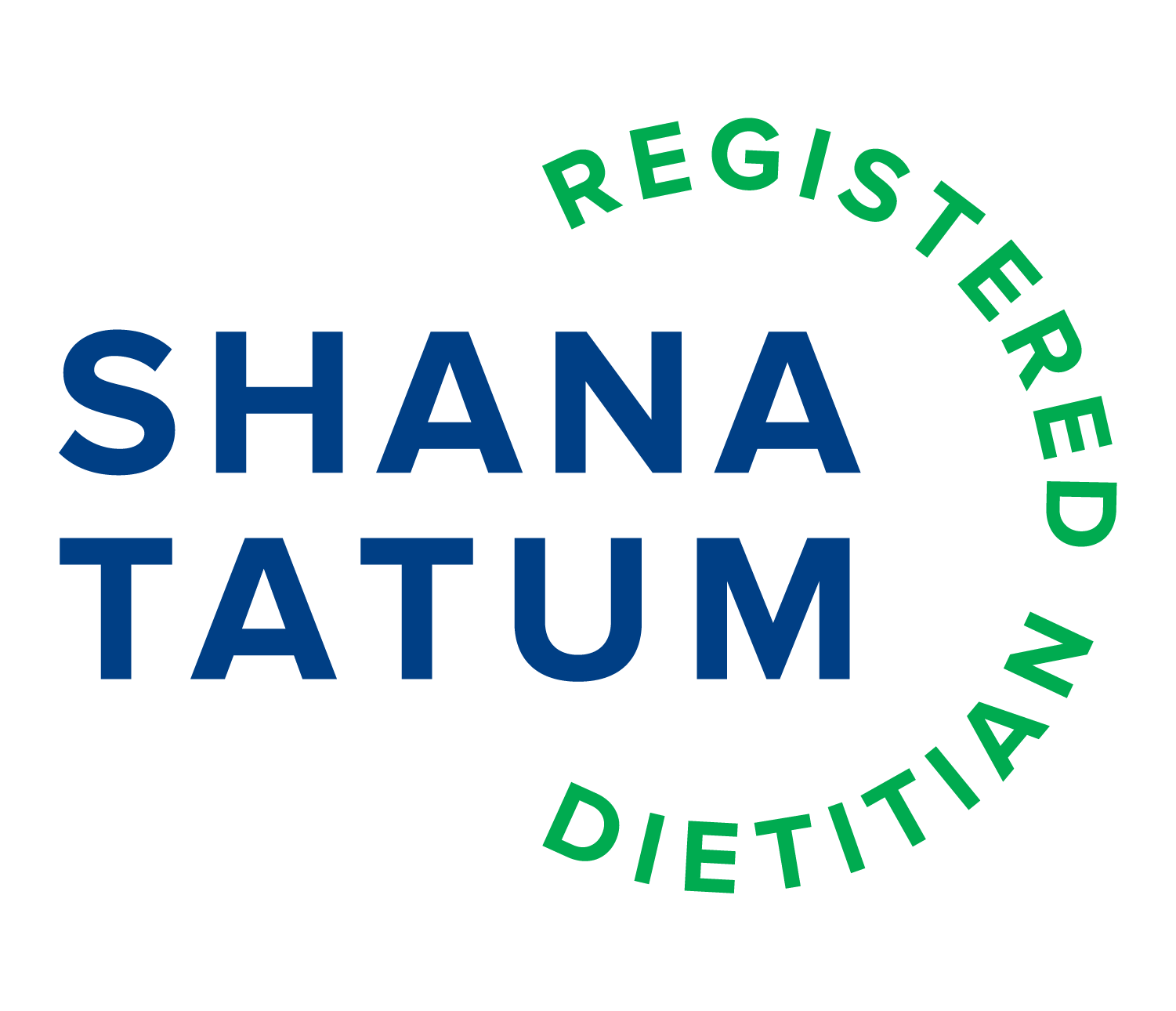Just a Spoonful of Spices
Spices enhance health and well-being both through their direct impact on specific health outcomes but also in the role they play to promote healthy eating. With COVID-19 influencing families to cook more at home, spices are taking a prominent role for home cooks.
Spices have been studied for their role in atherosclerosis, or the plaque formation in arteries that contributes to cardiovascular disease, as well as for cholesterol, anti-clotting factors, blood pressure regulation, cancer and cognitive decline. Beyond all the modern day scientific evidence of their health benefits, cultures across the globe have known the value of these plants and created culinary traditions with them for over 3,000 years .
A few to draw your attention to today, that are likely already in your cupboard:
Oregano and Marjoram – This is a spice we often find seasonally in Autumn to late Spring. It has a medium to heavy flavor. Both Oregano and its cousin Marjoram are from the mint family and are usually thought of as ingredients in Greek, Italian and French cuisine. Fresh and dried leaves of oregano can be added to soups, stews, sauces, eggs, olives, many tomato-based dishes, chili and pizza. The flowers have a flavor similar to the leaves and can be a flavorful and decorative addition to vegetables, salads and other foods. Sweet marjoram has a mild, sweet flavor that goes well with mushrooms, carrots, cauliflower, and spinach. It was found in one study by the Journal of Food Protection, to have the highest inhibition against bacteria such as Listeria monocytogenes, Staphylococcus aureus and Pseudomonas aeruginosa. For patients in need of antimicrobial treatments, oregano is often used.
Combinations to consider:
Oregano, basil, and tomato
Oregano, lemon juice and marjoram
Cinnamon – We often think of this spice as an autumn or winter flavor. It offers a function for heating and is best added to foods early in the cooking process. Its taste is sweet, bitter and pungent at the same time. From Ceylon to cassiva this spice is well-known. However, did you know cinnamon has been used to help patients with Type 2 diabetes? It has properties shown to have a modest effect by lowering blood glucose levels as well as decreasing serum triglycerides. A study from Diabetes Care used higher doses of cinnamon than we may use daily, but it offered a glimpse into some potential benefits to even a dash of it in your morning coffee. Often recommended to my patients with blood sugar concerns and those with polycystic ovarian syndrome (PCOS).
Combinations to consider:
Cinnamon, almonds and raisins
Cinnamon, cardamom, cloves, coriander and black pepper
Cinnamon, cardamom and rice
Cinnamon, cloves, mace and nutmeg
Ginger – This rhizome sends out plant stems below ground and offers year round flavor. Tastes move from sour to hot. Often found in recipes that are baked or stir fried, ginger offers more than just great flavor. It has been found in recipes as far back as 7,000 years ago in Southeast Asia. A few slices of ginger contain small amounts of minerals like manganese, copper, potassium, magnesium, and vitamins such as vitamin B6, and vitamin C, as well as fiber.
It has been studied for pain, nausea, anti-inflammatory effects and anti-carcinogenic properties. Due to its effect in the gastrointestinal tract, patients often are recommended ginger as a pro-motility agent, helping to speed up transit in the bowels.
Combinations to consider:
Ginger, carrot, celery, and garlic
Ginger, chile peppers, and garlic
Ginger, chocolate, cream and rum
Ginger, lemon and mint
Turmeric- It is also a year round root flavor that is part of the Ginger family. It has flavors of bittersweet and pungent. It acts as a heating spice and has a light to medium flavor. It is native to India and the roots and leaves are both edible. Curcumin is one of the well-studied phenols that is the yellow colored component of turmeric. It is a powerful antioxidant that has research to show benefits for neuroprotection, cholesterol regulation, and even anti-tumor effects. It works so well in the inflammatory cascade that in one study in the International Journal of Biochemical Cell Biology it outperformed NSAID’s (Non Steroidal Anti-inflammatory Drugs). You have likely heard its name on the “superfoods'' list. Consuming black pepper or ginger along with turmeric can increase the absorption of curcumin. Because it is fat soluble, taken with fats or oils can also increase its bioavailability.
Combinations to consider:
Turmeric, cilantro, cumin, garlic, onion, paprika, parsley and pepper
Turmeric, coriander and cumin
Spice up your Saturday
Spend a Saturday morning exploring all the spice booths at the Farmer’s market on Airline. It’s a feast for the eyes to imagine all the flavors these vendors share. Or stop off at Penzey’s on 19th. They have wonderful blends to choose from and all the staff is helpful and knowledgeable. You can get on their newsletter and receive recipes and flavor highlights each month. Online spice shopping is also a great way to expand your palate. Try FronteirCoop.com or thespicehouse.com. Both have a long history of providing well sourced spices, which is important to know!

